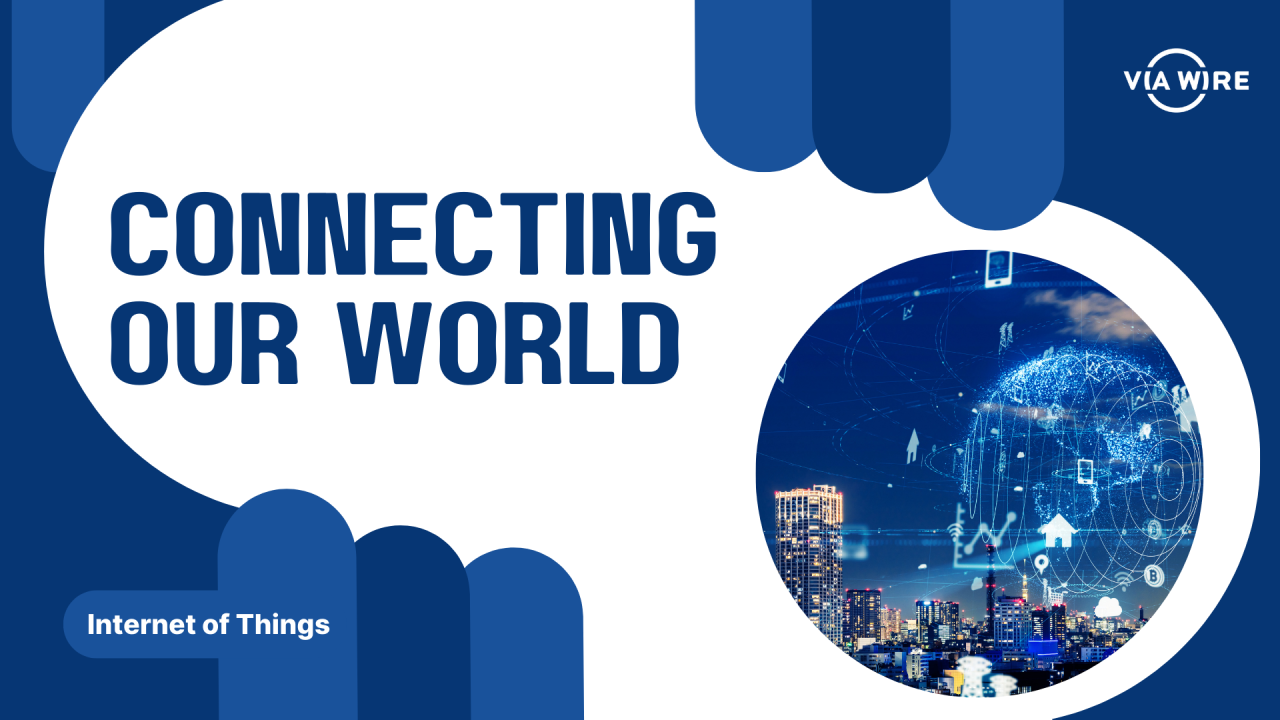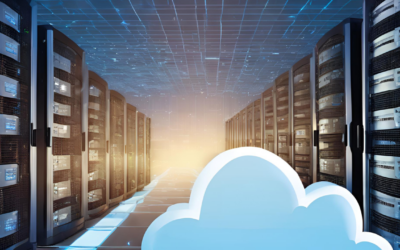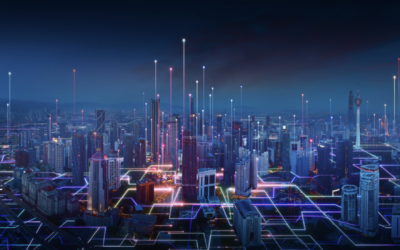In our increasingly interconnected world, the Internet of Things (IoT) stands out as a transformative force, bridging the digital and physical realms in ways previously unimaginable. From smart homes and wearable devices to industrial automation and smart cities, IoT is revolutionising how we live, work, and interact with our environment. In this article, we explore the fundamentals of IoT, its applications, and the profound impact it has on our daily lives and future.
Understanding the Internet of Things
The Internet of Things refers to the vast network of interconnected devices that communicate and exchange data over the internet. These devices, embedded with sensors, software, and other technologies, collect and share data, enabling seamless integration and interaction within the digital ecosystem. The ultimate goal of IoT is to create a smart, efficient, and responsive environment by leveraging real-time data and automation.
How IoT Works
IoT operates through a combination of hardware, software, and connectivity. Here’s a simplified breakdown of how it works:
1. Sensors and Devices: IoT devices are equipped with sensors that collect data from their surroundings. This can include anything from temperature and humidity sensors to GPS trackers and biometric scanners.
2. Connectivity: The collected data is transmitted over the internet or other communication networks to cloud-based platforms or local servers.
3. Data Processing: Once the data reaches its destination, it is processed and analysed using various algorithms and analytical tools. This step transforms raw data into actionable insights.
4. User Interface: The processed data is then presented to users through dashboards, apps, or other interfaces, allowing them to make informed decisions and control devices remotely.
Applications of IoT
The versatility of IoT allows it to be applied across various sectors, enhancing efficiency, convenience, and productivity. Here are some notable applications:
1. Smart Homes
Smart home devices, such as thermostats, security cameras, and voice assistants, are among the most recognisable applications of IoT. These devices allow homeowners to control lighting, heating, security, and more through their smartphones, creating a more comfortable and secure living environment.
2. Wearable Technology
Wearable devices, including fitness trackers and smartwatches, collect data on physical activity, health metrics, and more. This data helps users monitor their health, set fitness goals, and receive personalised health insights.
3. Industrial IoT (IIoT)
In industrial settings, IoT is used to monitor equipment, optimise operations, and enhance safety. IIoT applications include predictive maintenance, where sensors detect equipment issues before they become critical, and smart factories, which leverage automation and real-time data to improve efficiency.
4. Smart Cities
IoT is at the heart of smart city initiatives, aiming to improve urban living through intelligent infrastructure and services. Applications include smart traffic management systems that reduce congestion, smart lighting that conserves energy, and waste management systems that optimise collection routes.
5. Healthcare
IoT in healthcare, or the Internet of Medical Things (IoMT), includes devices such as remote patient monitoring systems, smart medical devices, and telehealth services. These applications enable better patient care, reduce hospital visits, and provide real-time health data to doctors.
The Impact of IoT
The impact of IoT is profound, offering numerous benefits across various aspects of life and industry:
1. Efficiency and Productivity: IoT enables automation and real-time monitoring, which can significantly enhance efficiency and productivity in both personal and professional settings.
2. Cost Savings: By optimising resource use and preventing issues before they escalate, IoT can lead to substantial cost savings for businesses and individuals.
3. Improved Quality of Life: IoT applications in healthcare, smart homes, and smart cities contribute to a higher quality of life by enhancing safety, convenience, and well-being.
4. Environmental Benefits: Smart systems for energy management, waste reduction, and pollution monitoring help reduce environmental impact and promote sustainability.
Challenges and Considerations
Despite its many advantages, IoT also presents challenges that need to be addressed:
1. Security and Privacy: With the proliferation of connected devices, ensuring robust security and protecting user privacy are paramount concerns. IoT devices can be vulnerable to hacking and data breaches if not properly secured.
2. Interoperability: The diverse range of IoT devices and platforms can lead to compatibility issues. Developing standards and protocols to ensure seamless interoperability is essential.
3. Data Management: The sheer volume of data generated by IoT devices requires effective data management and analysis strategies to derive meaningful insights.
Our Conclusion
The Internet of Things is undoubtedly transforming our world, offering unprecedented opportunities for innovation, efficiency, and improved quality of life.
As we continue to integrate IoT into various aspects of our lives, it is crucial to address the associated challenges to fully harness its potential. By embracing IoT, we are paving the way for a smarter, more connected future, where technology seamlessly enhances our everyday experiences.
Stay tuned to TechPulse for more insights into the ever-evolving world of technology and its impact on our lives.




0 Comments